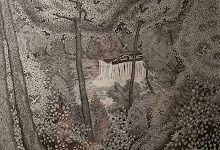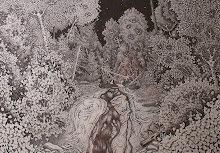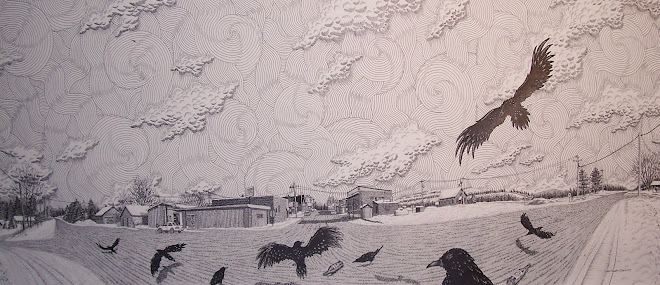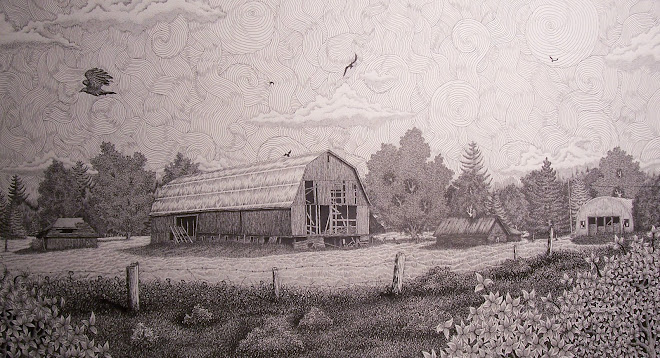
To view more works and tutorials please go to www.facebook.com/stacyvaughndavis where you will be able to find and follow along with my most recent works and tutorials. Thank you!
This blog is for anyone interested in Art. I hope to share tips,lessons and if possible some advice on creating your own masterpieces! I want to exchange ideas and techniques as I give step by step advice from beginning to end on whatever piece I am working and I strongly urge anyone with questions to feel free to ask!

































